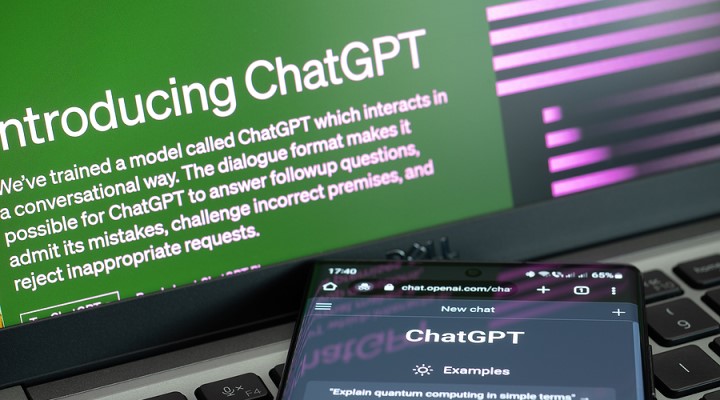From the Greek myths of Talos and Pandora, the first chatbot created by Joseph Weizenbaum in the 1960s and even Microsoft’s iconic assistant Clippy from Office 97, we’ve been slowly laying the groundwork for artificial intelligence tools that are available to consumers.
But the newest iterations have certainly captured attention and headlines. OpenAI’s ChatGPT has led to another resurgence of mass public excitement and debate about AI with some even calling it a watershed moment for society, as significant as the advent of the internet.
But what does it mean for small businesses specifically? Small businesses have limited resources and make do with very few staff. ChatGPT and similar agents like Google’s Bard can help them in several areas, but it’s not a silver bullet and they need to make sure they integrate it safely.
What is ChatGPT and how can small businesses use it?
ChatGPT belongs to a class of AI techniques known as generative modelling. It’s trained to mimic the complex statistical relationships that exist between words in a language and produce responses to a very wide range of questions that look like they could have been written by a human.
It isn’t feasible for most small businesses to pay someone to run their social accounts full-time, but these are valuable marketing channels. So, one of the most compelling ways small businesses can use ChatGPT is to create a first draft of content for blogs or social media. This isn’t confined to taking a first stab at writing content – ChatGPT is arguably not that great at creating a unique voice or point of view – but also suggesting topics for posts that are relevant to your customers or industry. Often coming up with these ideas takes far longer than writing them.
Small businesses might also use ChatGPT to draft blogs that drive their SEO strategies. These can be created in minutes instead of hours, saving precious time. But small businesses need to keep in mind that this is uncharted territory and consider that AI-generated content may be penalised in Google search. Ultimately it’s your business and you want to stay in control of the message and the way you are perceived so consider the AI an assistant not a replacement for careful copy editing.
Researching and organising information is another way many small businesses may choose to use this technology. Large amounts of information that in the past may have taken hours to comb through can be summarised in seconds. Remember though, there’s no way to be sure ChatGPT hasn’t overlooked important details.
Guidelines for small businesses using ChatGPT
1. Experiment, but with caution
Small businesses should play around with ChatGPT without relying on it too quickly – the technology is changing rapidly and it’s hard to say what the products available to consumers will look like in the near future, let alone in a few years. Remember, as with all technology that is free and open, if you’re not paying for the product, you are the product.
2. Think of it as just another tool, not a silver bullet
Remember, just like you need many tools to build a cabinet, ChatGPT should be used in conjunction with other business tools – it can’t be relied upon in isolation.
3. Use it for time-consuming tasks
There’s no way of telling where this AI epoch will lead us, but we do know that ChatGPT can do menial things like producing boilerplate copy and that this can free up your small team to focus on improving the customer experience, grow sales or develop new products.
AI could change our world in ways we don’t even understand yet, but right now, small businesses can use these guidelines to experiment with technology such as ChatGPT to get the most from their small teams and limited resources.










